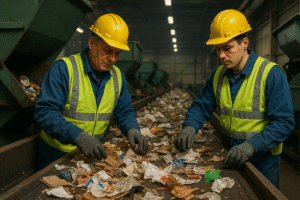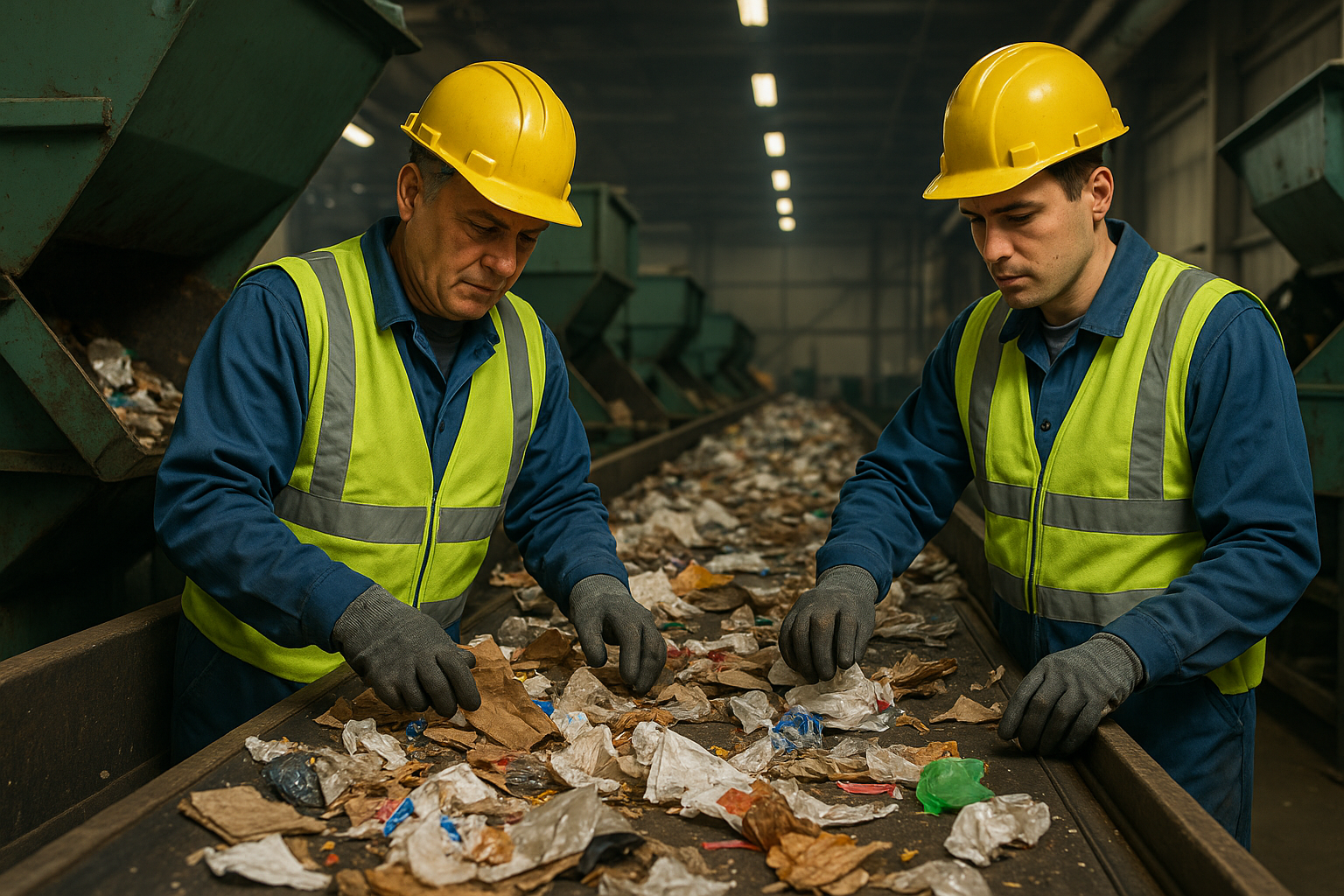In facility management, one of the biggest decisions building owners face is how to handle equipment and infrastructure maintenance. Should you wait until something breaks to repair it, or should you invest in regular check-ups and servicing? This choice often comes down to reactive repairs versus preventative maintenance. While both approaches have their place, the differences in cost, efficiency, and safety outcomes are significant.
The Hidden Costs of Reactive Repairs
Reactive maintenance, sometimes called “break-fix” maintenance, means you only repair systems once they fail. At first glance, this might seem cost-effective — after all, you’re not spending money unless there’s an issue.
But the reality is different:
Unexpected downtime: A failed air-conditioning system in the middle of summer can bring office productivity to a halt.
Higher repair costs: Emergency call-outs and replacement parts usually come at premium prices.
Shortened asset life: Equipment that isn’t maintained regularly tends to wear out faster, requiring costly replacements.
Benefits of Preventative Maintenance
Preventative maintenance involves scheduled inspections, cleaning, and minor repairs before major issues occur. Think of it like servicing your car regularly — it’s about catching problems early.
The benefits include:
Reduced breakdowns – fewer unexpected interruptions to operations.
Improved safety – identifying risks before they turn into hazards.
Extended equipment life – ensuring HVAC, electrical, and plumbing systems run smoothly for years.
Predictable costs – maintenance can be budgeted instead of paying for emergencies.
Australian Standards & Compliance
In Australia, businesses are required to comply with strict safety and operational standards. For example, electrical systems must be inspected regularly, and HVAC systems must meet energy efficiency requirements. Preventative maintenance ensures your facility stays compliant, avoiding legal risks and fines.
Case Example
Imagine a commercial building that chooses not to service its air-conditioning units. When the system fails during peak summer, tenants are unhappy, productivity drops, and emergency repairs cost tens of thousands of dollars. Compare this with a building that invests in scheduled servicing — costs are predictable, the system runs efficiently, and tenants remain comfortable year-round.
FM Services AU Approach
At FM Services AU, we believe in proactive care. Our team offers tailored preventative maintenance plans covering HVAC, electrical, plumbing, fire systems, and more. With 24/7 support, we’re also ready for reactive repairs — but our goal is always to prevent issues before they happen.
Conclusion
While reactive repairs may seem cheaper in the short term, preventative maintenance saves facilities time, money, and stress in the long run. For Australian businesses looking to reduce risks and improve efficiency, the smart choice is clear.
👉 Contact FM Services AU to book a waste management consultation and discover how we can make your facility more sustainable.





